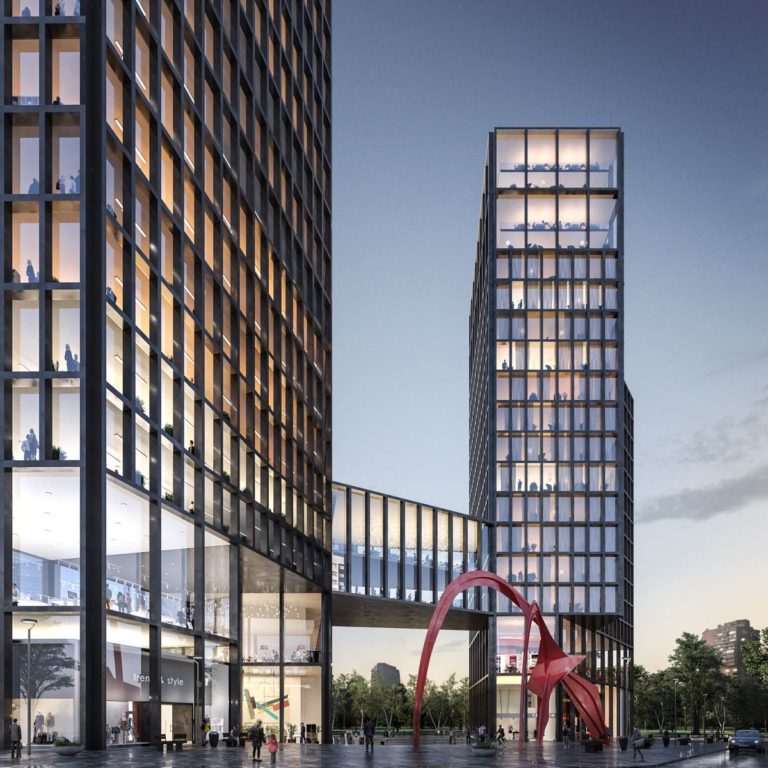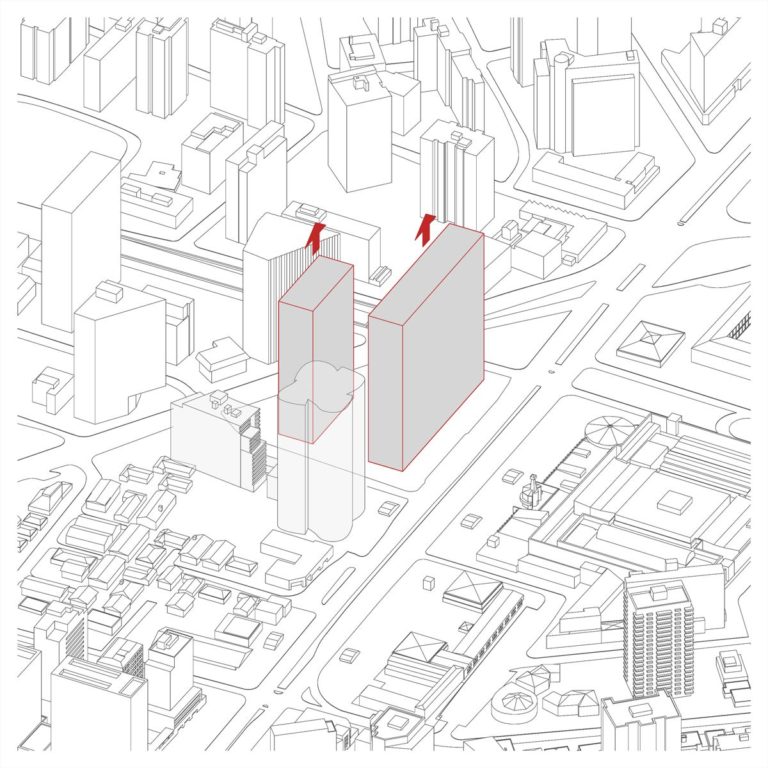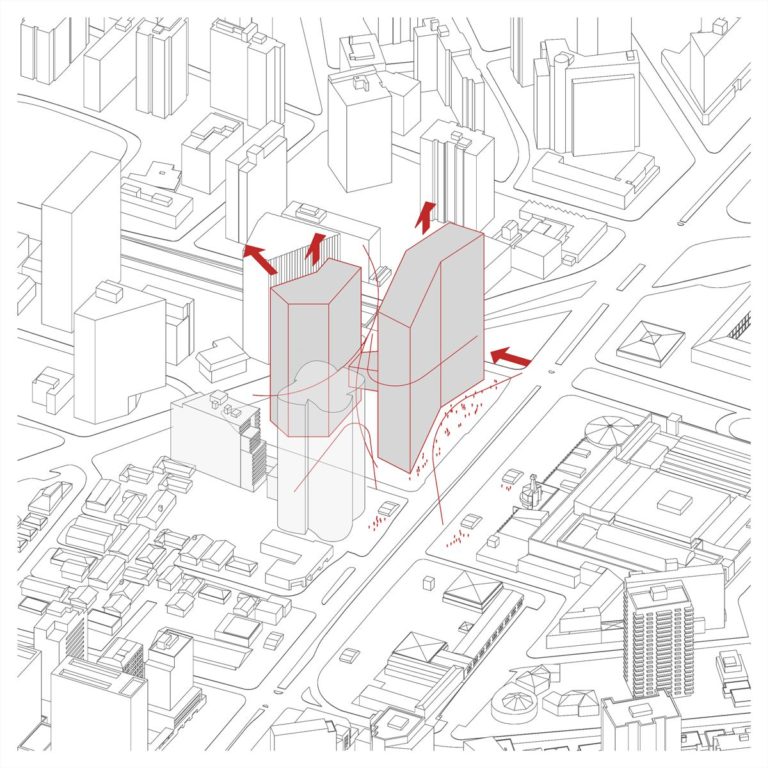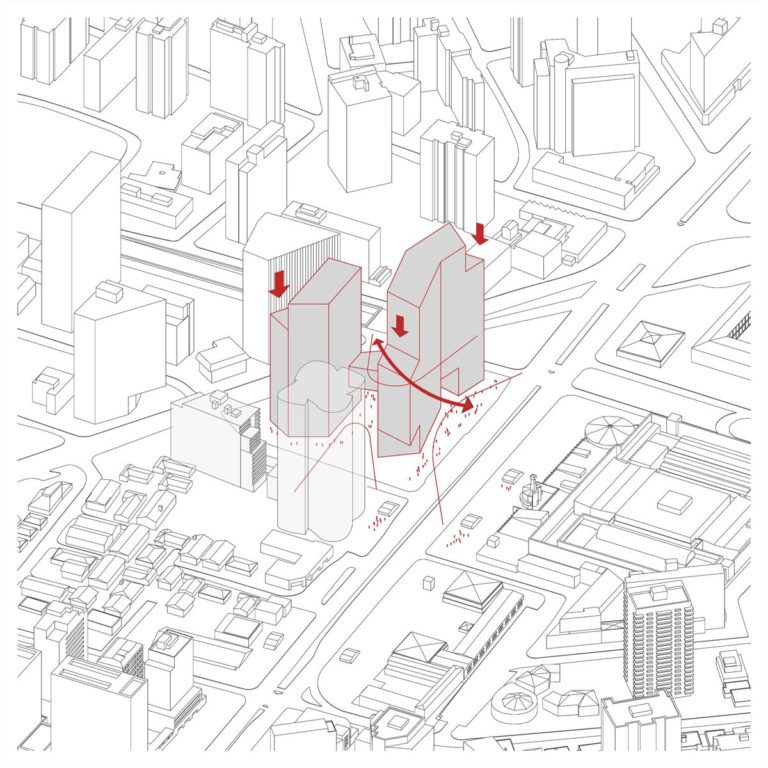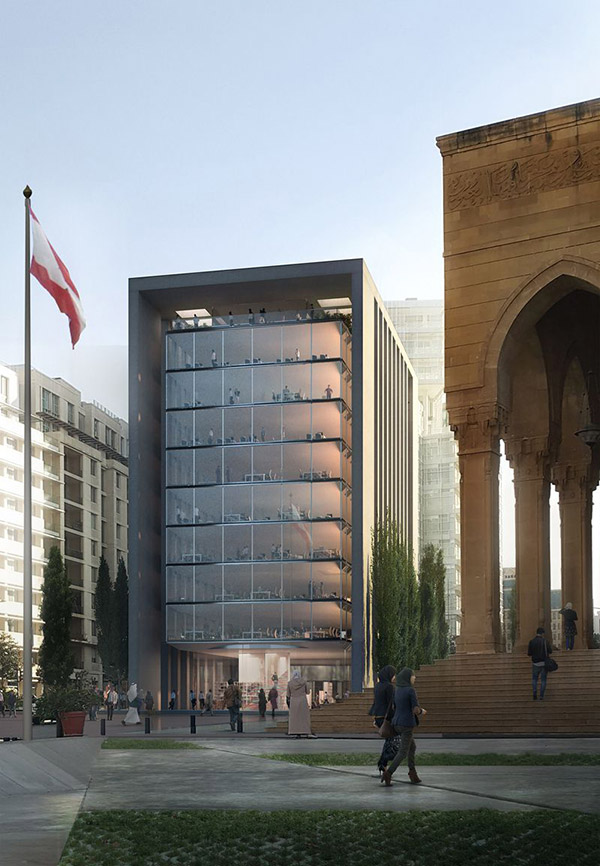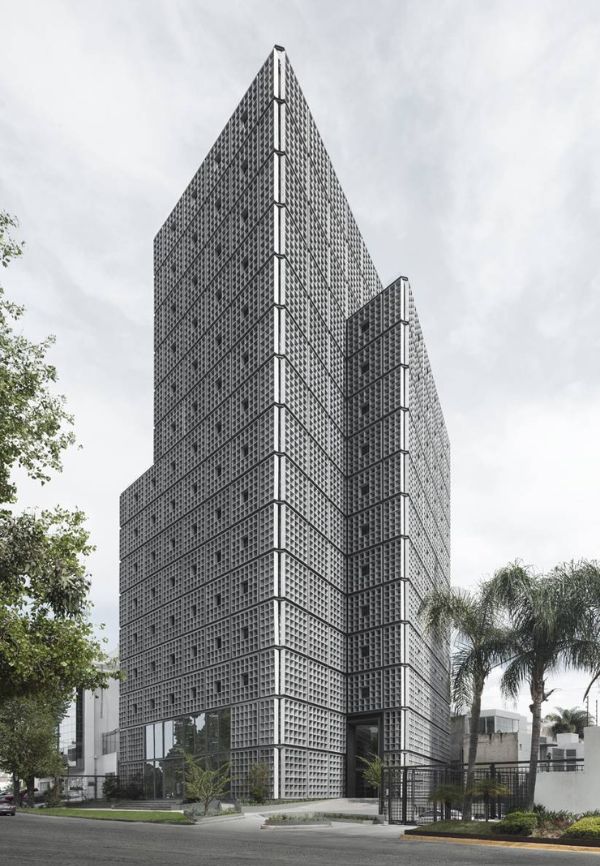Puerta Las Condes
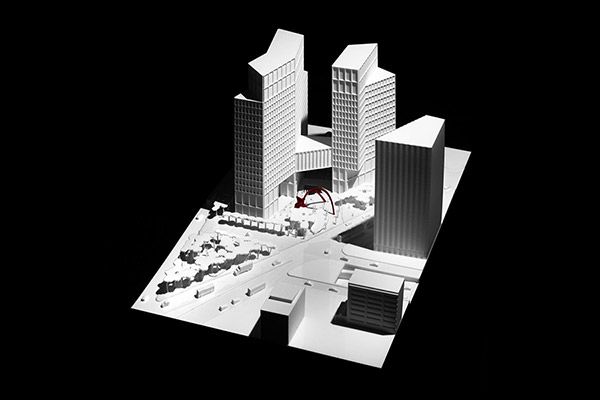
Puerta Las Condes
The built environment speaks to us of preexisting factors when we address urban space. The buildings and built volumes of the Apoquindo/Alonso de Córdova axis are of vital importance for the project to assume the status of completing the extant. The “market” or empty space running the length of the Apumanque Shopping Center, on the other side of Avenida Apoquindo, is even considered at the moment of planning the volumetry of the new complex as providing the southeastern façade of one of the buildings of the new complex which serves the preexisting space as a form of containment and framework.
The offices and hotel-cum-residential programs are separated into two autonomous buildings, generating a linking space between them at level five via a bridge in which the uses shared by both programs are housed. A huge, plaza-like public space is generated between the buildings. By means of this operation the interior of the city-block is opened up, the structuring capacity of this new space being relied upon to form a harmonious whole.
The development of the plaza and the bridge as two original public spaces in this part of the city defines the urban essence of the project. The planned buildings are a response to said spaces and to the linkage established between them.
Their volumetry is the result, inter alia, of the search for a way of orientating the views towards the valley’s more important landmarks perceptible in height terms from this location: the Andes mountain range and Cerro Manquehue.
In the area of the plinth new thresholds are constituted for urban space and the general run of the buildings. From these the relationships between the inside and the outside of the built complex are constructed.
It is in this plinth that intermodality with the Metro and the program of mixed uses within the building is produced. All the preceding operations facilitate the enhancing of the relationships between the buildings and the orientation of views from and towards the surroundings, thus making for the associativity of the built mass within the whole.
To this there contribute the transparencies, reflections and opacities of the panes of glass and their planes, generating values in the formal language of the building associated with the structure of concrete and steel.
